 Plucky Strings and Peppy Percussion
Strings and Percussion
Plucky Strings and Peppy Percussion
Strings and Percussion

 Plucky Strings and Peppy Percussion
Strings and Percussion
Plucky Strings and Peppy Percussion
Strings and Percussion

Study the musical selection for one week.
Over the week:
Music lessons over the next two years group musical instruments into five major categories: strings, keyboards, percussion, brass, and woodwinds.
Percussion instruments include instruments played by striking with the hand or with a handheld or pedal-operated stick or beater, or by shaking, including drums, cymbals, xylophones, gongs, bells, and rattles.
Examine the images of percussion instruments below.
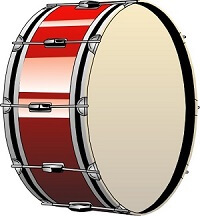

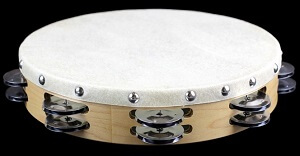
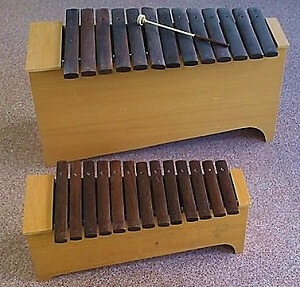
Activity 1: Study the Parts of a Snare Drum (Including Drumsticks)
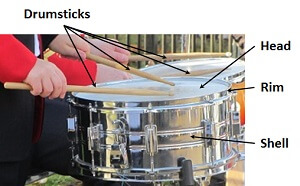
Activity 2: See Snare Drums in Action
Study the images of snare drums in various settings.

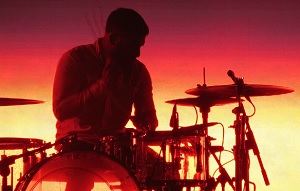
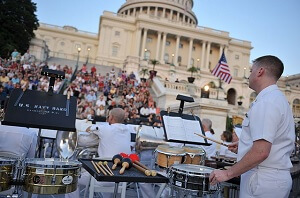
Activity 3: Can You Find It?
Study the lesson painting, 'The Spirit of '76,' by Archibald Willard, and find the following:
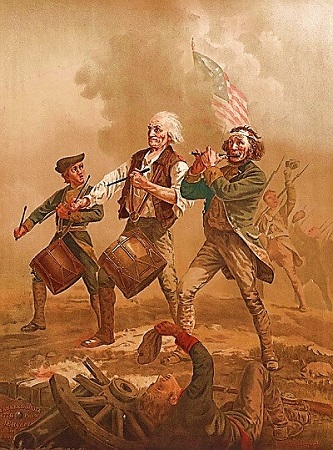
Activity 4: Look at and Listen to Other Percussion Instruments
Watch the video of additional percussion instruments below.
The video includes the triangle, the tambourine, the cowbell, and the maracas.